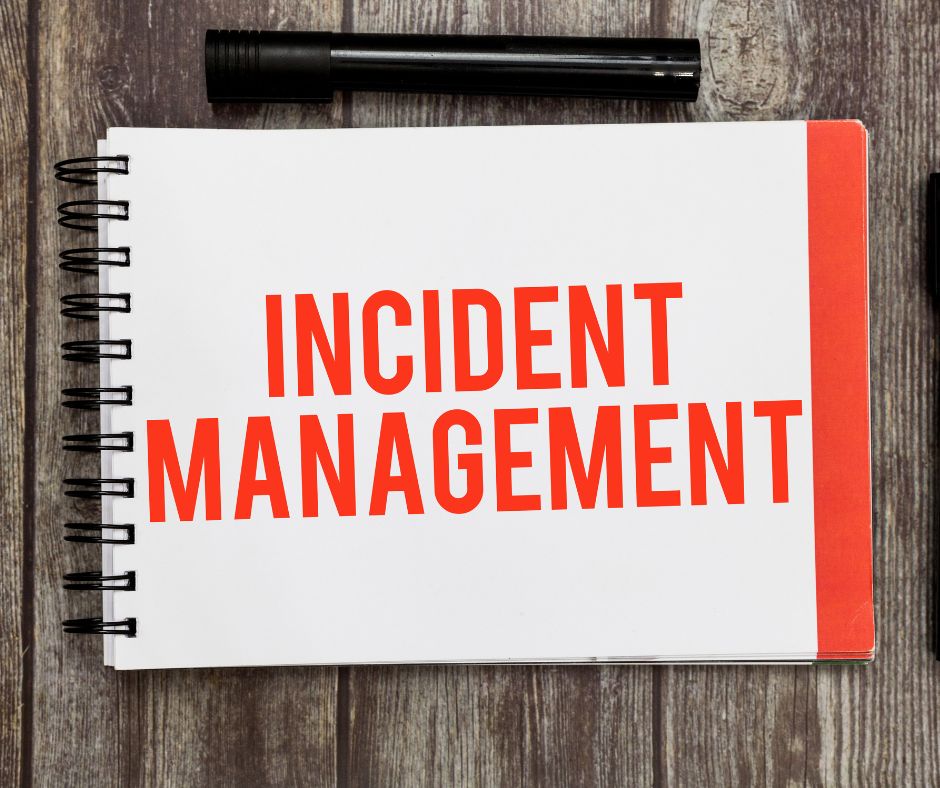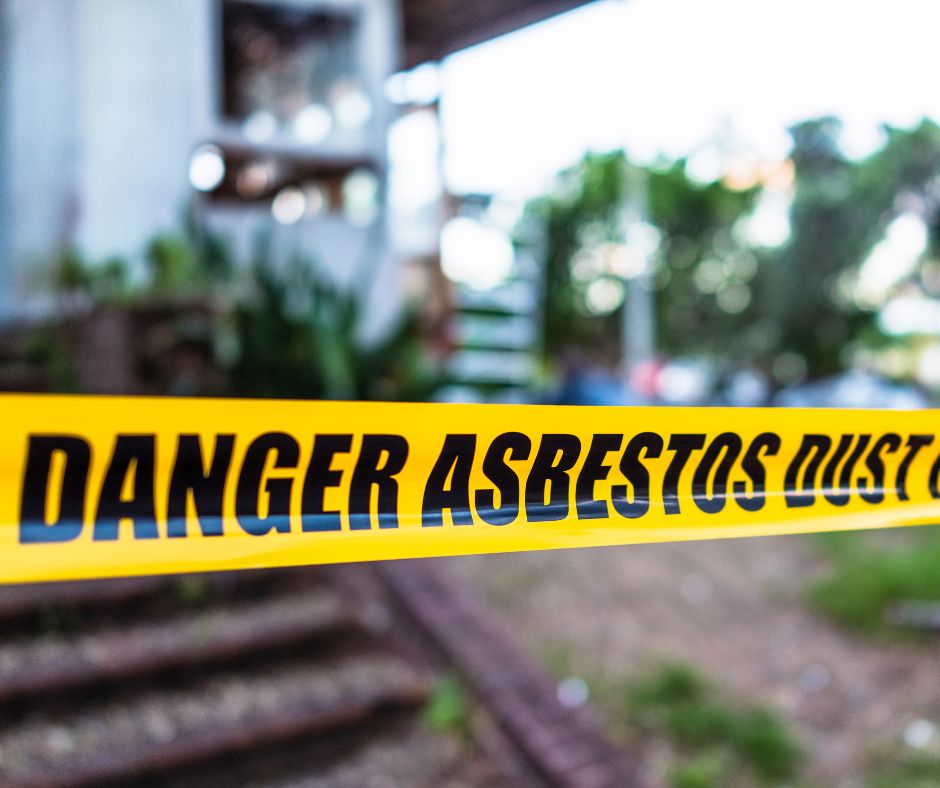
Risk Assessment Unleashed: Empowering Businesses with Our Cutting-Edge Software
Effectively managing risks is crucial for the success and sustainability of any organisation. Recognising this
Health and Safety Software » Incident Management » Health and Safety Incident Management 101: Building a Resilient Response System

Incidents can range from minor accidents to major disasters. It is important for organisations to have a robust plan in place for responding to incidents in a timely and effective manner.
A resilient response system is one that can withstand and recover from incidents quickly and efficiently. It is important to note that resilience is not about preventing incidents altogether, but rather about being prepared to respond to them effectively when they do occur.
Steps that organisations can take to build a resilient response system
Responding to incidents
When an incident occurs, it is vital to follow the incident response plan. This will help to ensure that the incident is responded to in a timely and effective manner.
The first step in responding to an incident is to assess the situation. This includes determining the nature of the incident, the severity of the incident, and the potential risks to people and property.
Once the situation has been assessed, the appropriate steps should be taken to mitigate the risks. This may involve evacuating people from the area, isolating the hazard, or providing medical assistance to injured people.
It is also important to communicate with stakeholders throughout the incident response process. This includes keeping staff, customers, and the public informed of the situation and the steps that are being taken to address it.
Following the incident
Once the incident has been resolved, it is important to conduct an after-action review. This review should identify any areas where the incident response plan could be improved. The review should also be used to identify any lessons learned that can be applied to future incident responses.
Benefits of a resilient response system
Additional tips for building a resilient response system
By following the tips above, organisations can build a resilient response system that will help them to withstand and recover from incidents quickly and efficiently. A resilient response system is essential for protecting people and property, and for maintaining the reputation of the organisation.
Features of the iProtectU health and safety software
Arrange your demonstration
Let us show you how we can transform your compliance management
Choose a date and time for your demo (no obligation) and we will be in touch.

Effectively managing risks is crucial for the success and sustainability of any organisation. Recognising this

Artisan Environmental recently marked two decades of delivering specialist asbestos consultancy, inspection and health &

iCertifyU is an App which provides free eLearning for everyone, whether you are an employee,

According to recent research, almost half of UK tradespeople view asbestos as a problem of

31st October 2025 represents the deadline for organisations to transition their Information Security Management System

According to a recent head protection survey, only 15% of workers who should be wearing